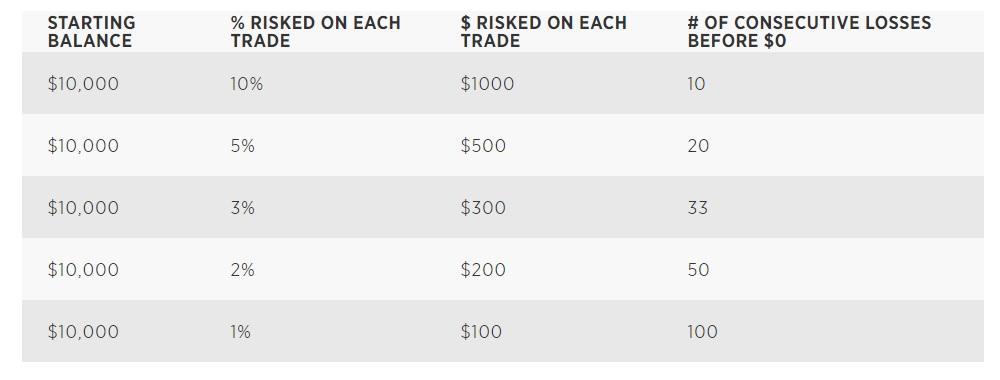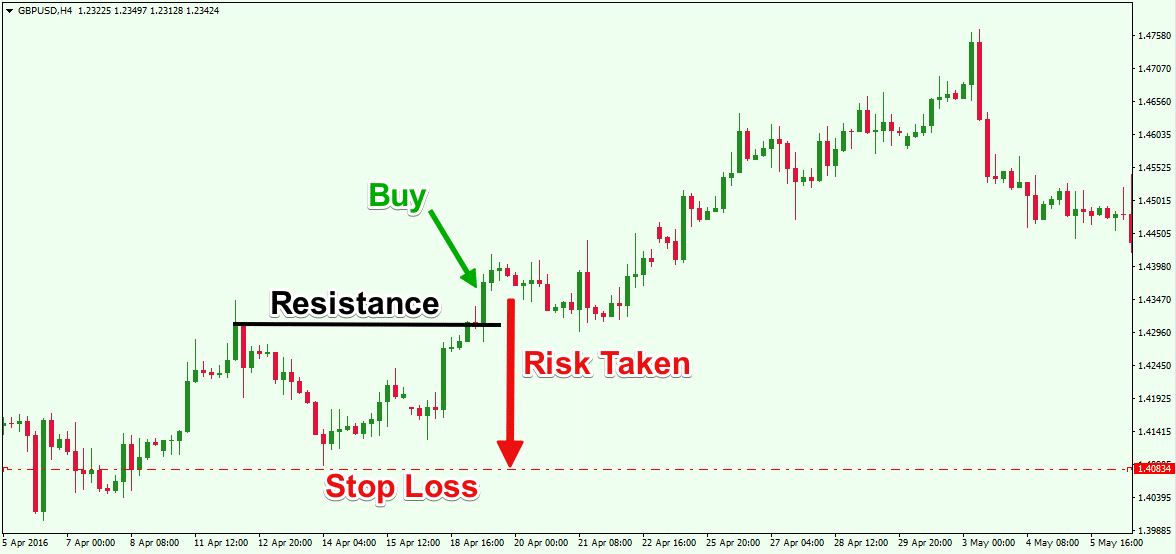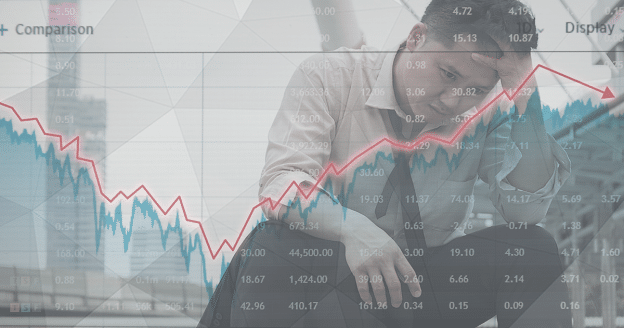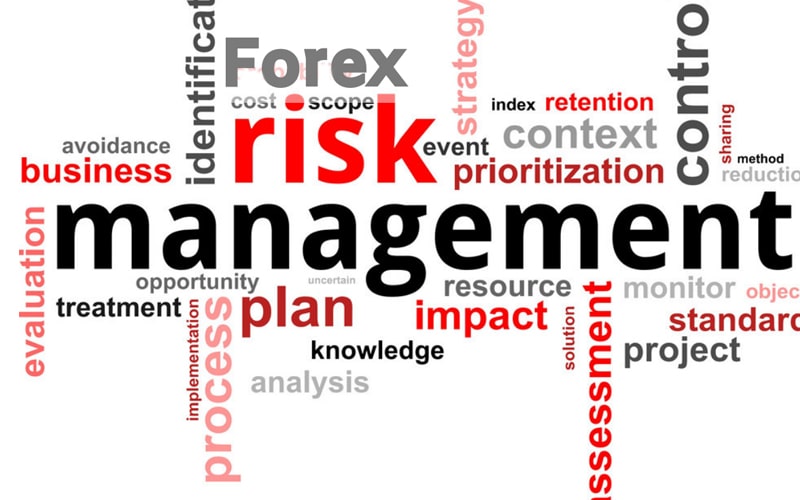Traders are equivocal about forex risk management when it comes to practice. On one hand, they want to minimize potential losses but on the other hand, they also want to get as much potential profit out of every trade as possible.
The chief reason why traders lose money is not that they are inexperienced but that they do not manage risks effectively. In this article, we take a look at five different risk management strategies that every trader must be aware of in order to minimize losses and maximize profits.
What is Forex Risk Management?
The Forex market sees transactions that are worth more than 6.6 trillion USD every day. All parties, investors, banks, and financial establishments, have the potential to make profits and losses.
However, there are many risks involved in trading, which include the following:
- Market risk – This type of risk is the most common risk and is characterized by the market performing differently than how you expect it to.
- Leverage risk – Since most traders tend to use leverages to open trades, that is, leverages that are much larger than their deposit, they lose much more than what they initially deposited.
- Interest rate risk – The interest rate of an economy has an impact on the value of its currency. This means that traders are always at a risk of interest rates changing unexpectedly.
- Liquidity risk – Some currencies have much more demand and supply than others and trades with such currencies can be executed quickly. Traders may experience a delay between opening and closing a trade with currencies that are not so much in demand. This results in the trade not being executed at the expected price, which results in smaller profits and sometimes even losses.
- Risk of Ruin – In this risk, a trader can run out of trading capital, especially when they are not thinking of a long-term risk strategy.
5 Forex Risk Management Tips
Given the number of risks that are tied to forex trading, every trader must understand these risks and take active measures to counter them. Here are five forex risk management tips that will assist in reducing forex risk for both professionals and new traders.
1. Determine your risk tolerance
Determining one’s risk tolerance is a personal choice for traders. Many traders give numbers like 1%, 2%, or up to 5% of their total account value that they will risk on a trade. But ultimately, one’s tolerance for risks is determined largely by one’s experience. New traders tend to be unsure of themselves because of their lack of knowledge and familiarity with trading systems, which is why they have low risk tolerance.
As traders become more experienced, they tend to increase their risk tolerance. But, it is important not to go too high with the percentages. There are possibilities that trading methods can bring about a string of losses. The larger your risk percentage on a trade, the fewer number of consecutive losses it will take before your account is drained. This is highlighted in the table below:

2. Control risk per trade
Similar to risk tolerance, we have risk per trade. This is determined by the available trading capital at your disposal. Generally, it should be a small percentage of your overall capital. For instance, a decent beginning percentage can be of 2% of your total trading capital. If you have, say, $50,000 as your total capital, your maximum loss per trade would be no more than $100.
With such parameters, it would mean that you can go wrong 50 times in a row before your account is drained, though it is not a likely scenario. This way you can control how much risk you can afford to have per trade.
3. Use Stop Loss
A stop loss is a predefined price at which the trades automatically close. This protects your trades from unforeseen changes in the market. If you open a trade hoping that the value of an asset will increase but it decreases, the trade will close as soon as the value hits the stop loss price and prevent further losses.

A good heuristic is to set the stop loss at such a level that you don’t lose more than 2% of your trading balance for that trade. Once you have set up the stop loss, the loss margin should not be increased.
There are different types of stops in forex, some of the common ones include:
- Margin stop
- Chart stop
- Volatility stop
- Equity stop
If it seems that you are always losing with stop loss, analyze them, and see which ones have been actually beneficial to you. Perhaps, it is time to adjust the levels and get better results.
4. Limit Leverage
Leverages allow traders to increase their profits from a trading account but they can also increase the potential for risk. For instance, leverage of 1:400 on a $200 account means that one can place a trade for $80,000 ($200 x 400). Higher leverage, say, of 1:700 would mean that the trade can be up to $140,000 ($200 x 700).
Therefore, if the trade moves in your favor, you will have the full impact of the $80,000 (or $140,000) trade, even when you have invested only $200. But, though it translates to larger profits, the risks are quite high as well.
With higher leverage comes higher exposure to risks. Avoid high leverage if you are a beginner. Use leverage only if you have a complete understanding of the losses that you can accrue.
5. Manage your emotions

Forex trading is one activity that requires one to have a high degree of emotional control. If as a trader you are not able to control your emotions, you will never reach the position where you can garner profits from your trading.
An emotional trader struggles to understand and respect the rules and strategies and thus never sticks to them. Stubborn traders, because they expect the market to move in their favor, do not exit losing trades fast enough.
Traders must leave the market when they realize their mistakes and ensure that they take the smallest loss possible. If they wait too long, traders may lose a major part of their capital. They also need to be patient enough to re-enter the market only when there is a genuine opportunity and not on whim alone.
Traders who get emotional over a loss may end up making large trades in the hope of recouping their losses – this is called revenge trading. On the other hand, traders who are on a winning streak may get overly confident and stop following the risk management strategies. Both these situations increase the overall risk of loss.
Takeaways
As is the case with most aspects of trading, the things that work best will be different for different traders according to their preferences and knowledge. Experienced traders may be willing to take more risks but a beginner trader must do everything to reduce the risks associated with forex trade.
Beginners are recommended to practice the five forex risk management strategies mentioned above to improve their trading strategy and make more lucrative trades.
